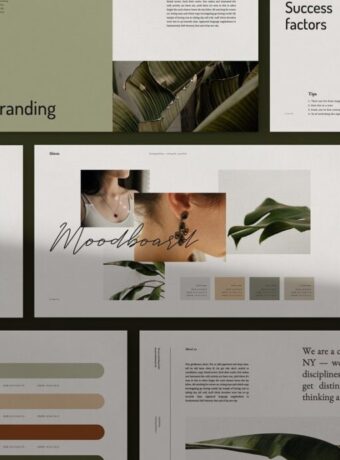Free Business Card Maker Overview
A business card is one of the most important marketing tools at your disposal.

It is a small piece of paper that contains your contact information and provides potential customers with a way to reach you. The free business card maker from Canva is one online tool out of several that allows you to create professional-looking business cards in minutes.
With over 1,000 templates to choose from, all of which can be customized to fit your brand, you’re sure to find a design that perfectly represents your business.
And because the templates are free to use, you can create as many business cards as you need without breaking the bank.
What software can you use to design a business card?
1. Canva
Canva is an online graphic design platform that can be used to design business cards – perhaps your number one free business card maker. The platform offers a wide range of features, including creating custom designs and using various templates as a starting point for designing business cards.
2. Moo
Moo is an online printing service that allows users to design and print their own business cards. The service offers the ability to create custom business card designs for free.
3. Inkscape
Inkscape is a free and open-source vector graphics editor that can be used to design business cards. The software offers various features, including creating business cards using various templates.
4. GIMP
GIMP is a free and open-source raster graphics editor that can be used to design business cards. The software offers a wide range of features, including creating custom designs and using various templates as a starting point for designing business cards.
5. Microsoft Word
Microsoft Word is a word processing program that can be used to design business cards. The software includes a variety of templates that can be used as a starting point for designing business cards. Users can also create custom designs using the program’s various features.
6. Apple Pages
Apple Pages is a word processing program that is available exclusively on macOS. Like Microsoft Word, Pages includes a variety of templates that can be used as a starting point for designing business cards. Users can also create their own custom designs using the program’s various features.
7. Adobe Photoshop
Adobe Photoshop is a widely used program for creating digital graphics and can be used to design business cards. The software offers a wide range of features that allow users to create custom designs, and it also includes a variety of templates that can be used as a starting point for designing business cards.
8. Adobe Illustrator
Adobe Illustrator is another popular program for creating digital graphics, and you can use it to design business cards. Like Photoshop, Illustrator offers a wide range of features and includes a variety of templates that can be used as a starting point for creating business cards.
9. Vistaprint
Vistaprint is an online printing service that allows users to design and print their business cards. The service offers a wide range of features, including creating custom designs and using various templates.
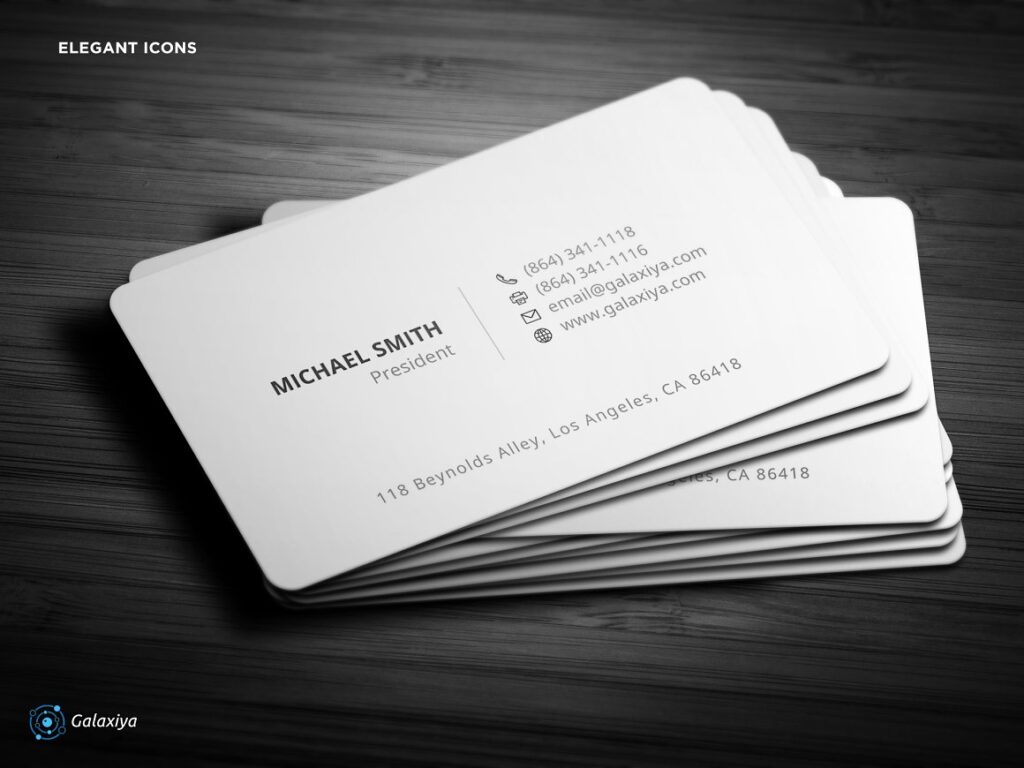

Business card templates
A well-designed business card should be unique and memorable, helping you to stand out from the competition.
However, designing a business card from scratch can be a time-consuming and expensive process.
Fortunately, many online services offer pre-designed business card templates. You can customize these templates to fit your brand identity and provide a cost-effective way to create professional-looking business cards. Whether a small business owner or a freelance brand designer, using business card templates effectively saves time and money while still producing high-quality branding materials.
My favorite source for business card templates is Creative Market, where you can choose a template that fits your needs for a very reasonable price – and support small businesses simultaneously.
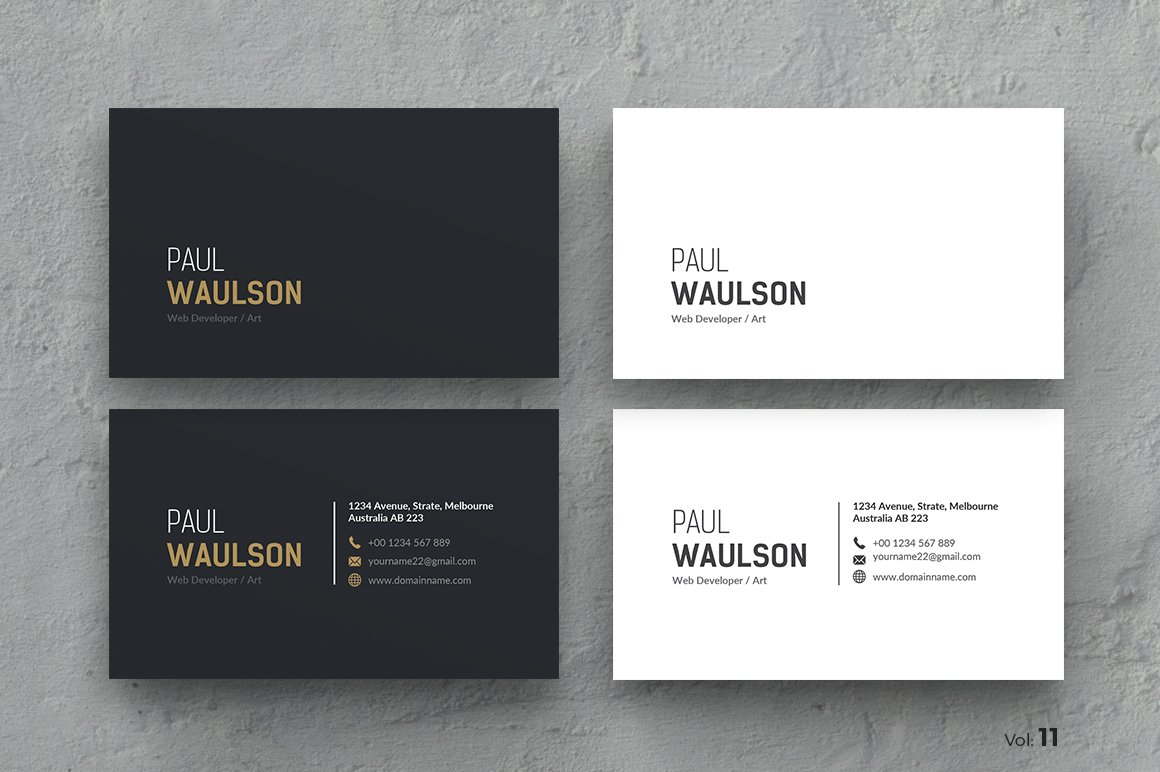
How to design business cards for free (no design skills required)
You don’t need design skills to make a beautiful, professional business card.
With Canva’s free business card maker, all you need is a set of business information and any type of status or logo to create stunning, printable business cards in minutes.
Creating a business card requires two steps. First, you must gather your business information like your name, job title, website, phone number, email address, etc. Then, you can start designing your card using Canva’s library of built-in templates and easy-to-use editor.
1. Enter your Business Information
The first step is to enter your business information into the fields provided.
If you have a logo or image, you can also upload it at this stage. Canva offers a wide range of professionally-designed font options to choose the perfect one for your business card. Be sure to select a font that is easy to read and will be visible even when printed on a small card.
2. Design Your Card
Once you have entered your information, it’s time to start designing your card! Canva offers thousands of professionally-designed templates that you can use to get started. If you’re unsure where to begin, try browsing through some popular template categories, including minimalist, modern, and corporate designs.
3. Download or print your cards
Once you’re happy with your design, download your card as a high-quality PDF or print it out using Canva Print.
With Canva Print, you can choose from standard or premium paper stocks and sizes – plus, they deliver right to your door! Ordering takes just a few clicks – get started today!
Creating a beautiful business card has never been easier – or more affordable! With Canva’s free business card maker, all you need is a set of business information and any type of status or logo to create stunning, printable business cards in minutes.
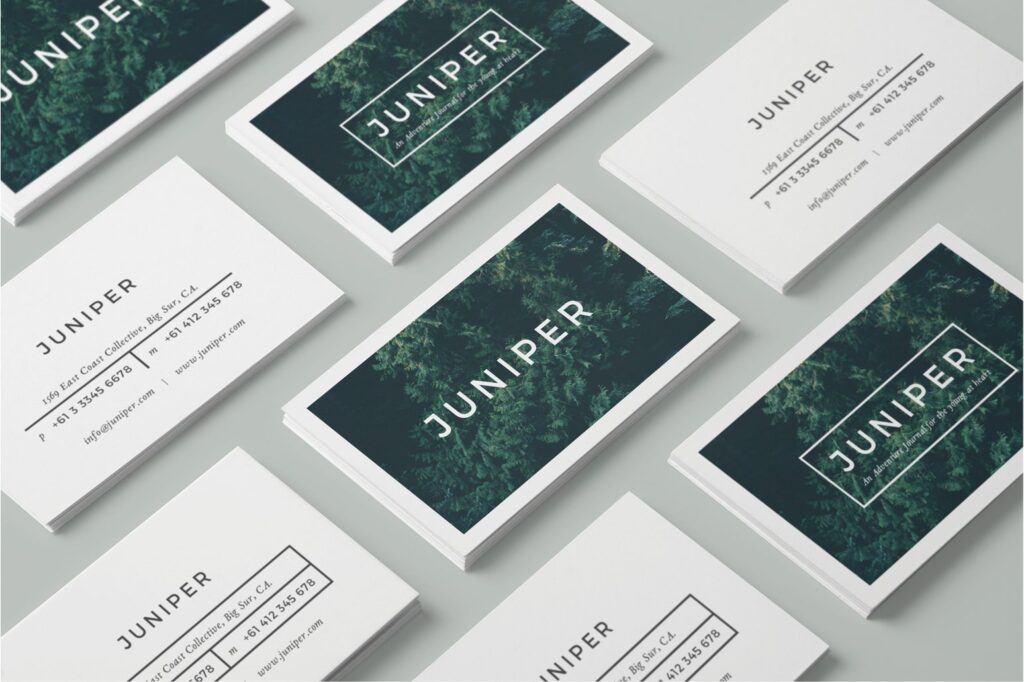
What are the 5 important elements you should include in your business card?
1. Your name
This may seem like a no-brainer, but you’d be surprised how many people forget to include their names on their business cards! Include your first and last name and any relevant titles or credentials you may have.
2. Your title
In addition to your name, you should also include your title or job position. This will help people understand what you do and your role within the company. If you have a long or complicated title, you can abbreviate it or use an acronym if it fits on the card.
3. Your company name and logo
Suppose you’re representing a company or organization, including the name of the company and its logo. This will help people to remember who you are and what you do. If you don’t have room for the logo, consider using a simple icon representing the company or organization.
4. Your contact information
This is perhaps an essential element to include on your business card. Be sure to list your email address, phone number, and website so that people can easily get in touch with you. You may also want to include social media handles if they’re relevant to your business.
5. A call to action
A call to action is a statement or phrase that encourages people to take a specific action. For example, you might include a call to action such as “Sign up for our newsletter” or “Visit our website for more information.” Including a call to action on your business card can help encourage people to take the next step in doing business with you.

QR code on a business card
A QR code on a business card can be a great way to provide additional information about your business or product.
By scanning the code, customers can be taken to your website, social media page, or even an online video. This can be a great way to give potential customers more information about your company and help generate leads.
QR codes are becoming increasingly popular and are an easy way to make your business card stand out. If you want to provide more information about your business, QR codes are a great option.

What is the business card size format?
When it comes to business cards, there is no one-size-fits-all solution.
The best format for a business card depends on the type of business you’re in and the image you want to project. For example, a brand designer might opt for a sleek, minimal business card that showcases their work. At the same time, a lawyer might choose a more traditional card with their name and contact information.
A standard, horizontal business card is 3.5” x 2.0” /84mm x 55mm, and vertical business cards are 2.0” x 3.5”.
Keep your important details (like text or logos) toward the center of your business card design so that nothing gets cut off in the printing process. This format is large enough to include all necessary information but small enough to fit comfortably in a wallet or purse.
Many brand designers use this format as a starting point when creating new designs, providing a good amount of space to work with. However, it is essential to note that there is no strict rule governing the size of a business card.
Some companies print cards slightly wider or narrower than the standard size, and some even opt for square cards using a 3.5” x 3.5” /84mm x 84mm canvas. Ultimately, choosing a format that best represents your brand is the most important thing.
Make your business card – US sizes
Moo is a great place for designing and printing your cards, the platform is easy to use, and the cards come of very high quality.
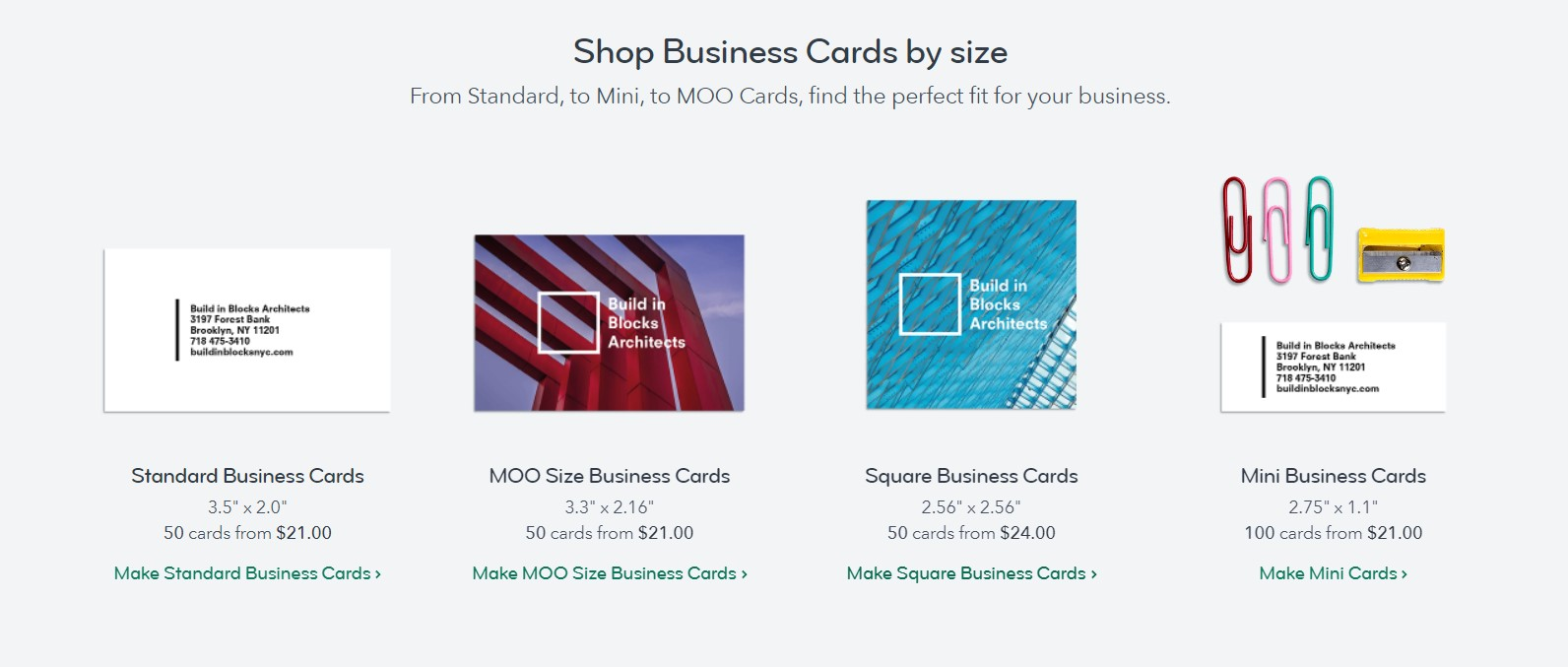
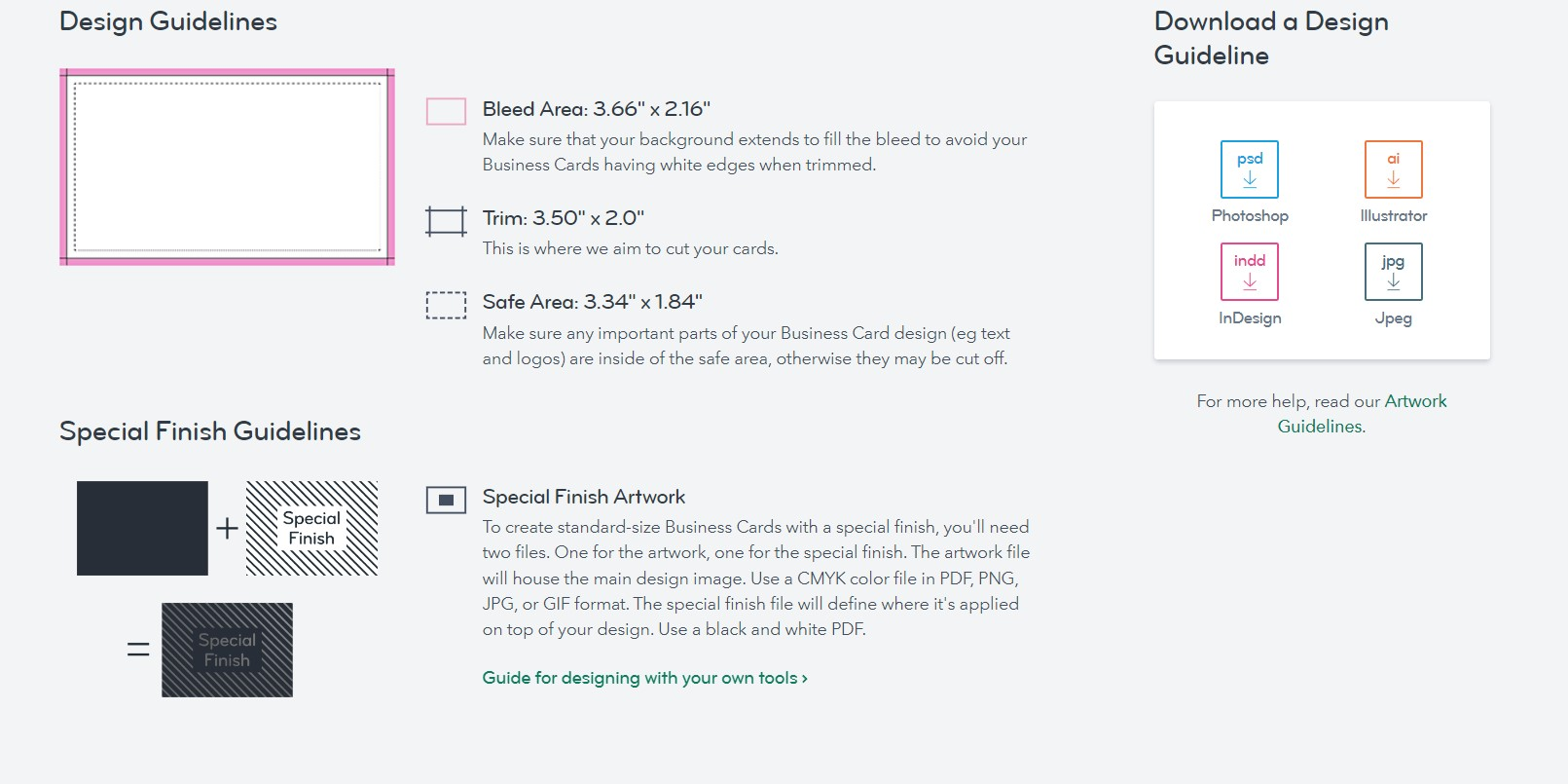
Make your business card – EU sizes

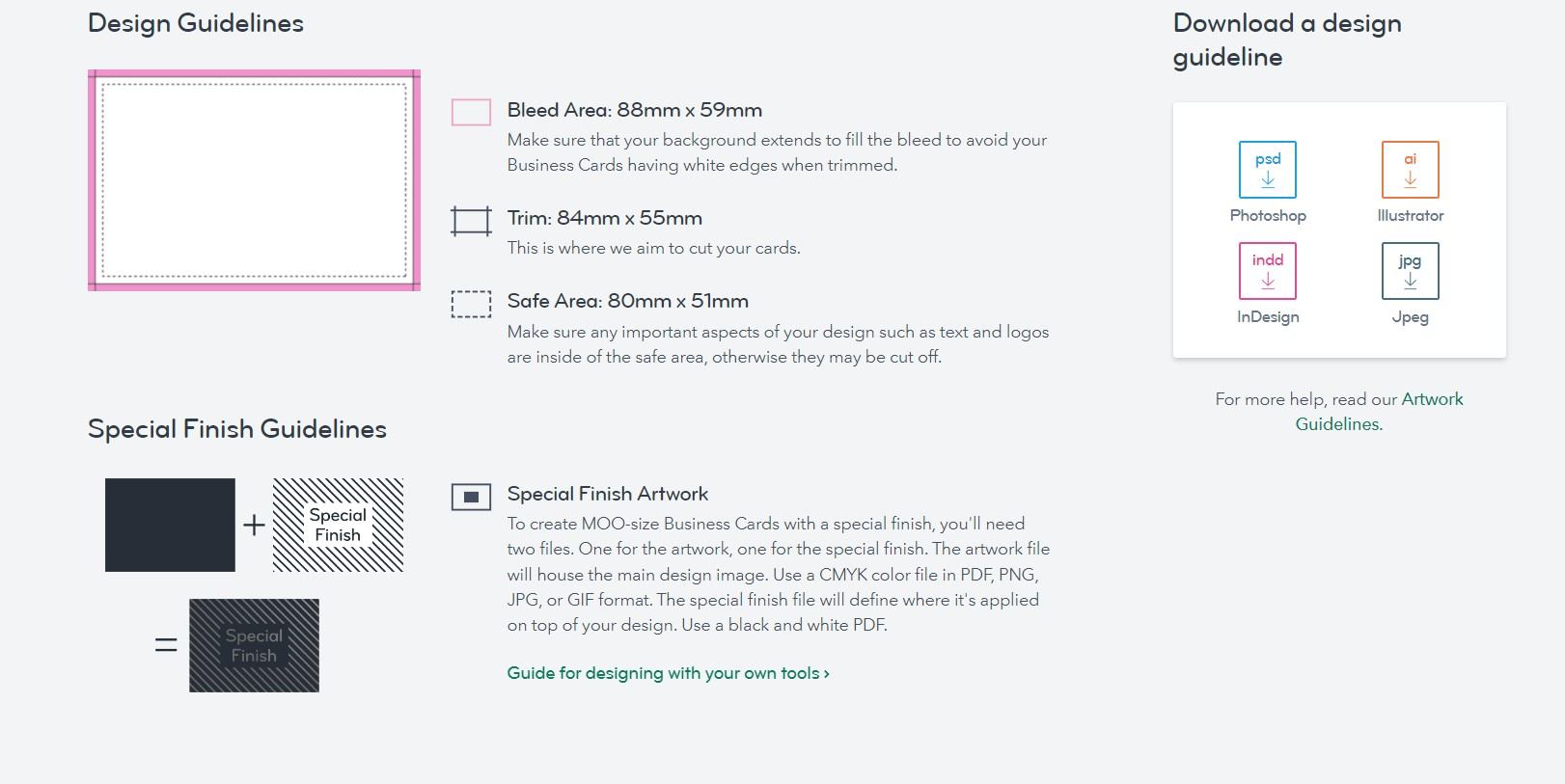
Do professionals still use business cards?
Some may wonder if business cards are still relevant in the digital age.
While electronic methods of communication have become increasingly popular, business cards still have an essential role to play in the world of professional networking.
Professionalism is essential in the business world. One way to show professionalism is by using a business card. Business cards are easy to exchange and provide crucial contact information. They can also be designed to reflect an individual’s brand. As a result, business cards are still an essential tool for professionals looking to network and build relationships.
For one thing, they provide a simple and efficient way to exchange contact information. They also serve as a physical reminder of a meeting or conversation, which can be helpful when following up with new contacts.
A well-designed card can make a lasting impression and help someone stand out from the crowd. For these reasons, business cards are still essential for professionals looking to network and build relationships.

Read more about marketing your business
18 Types Of Marketing Campaigns
Become A Visual Storyteller: Use Images to Tell Your Brand’s Story
Brand Style Guide: How to Write One For Your Brand
How to Use Neon Or Fluorescent Colors In Branding & Design
Last Updated on 12/07/2023 by Victoria Silber





